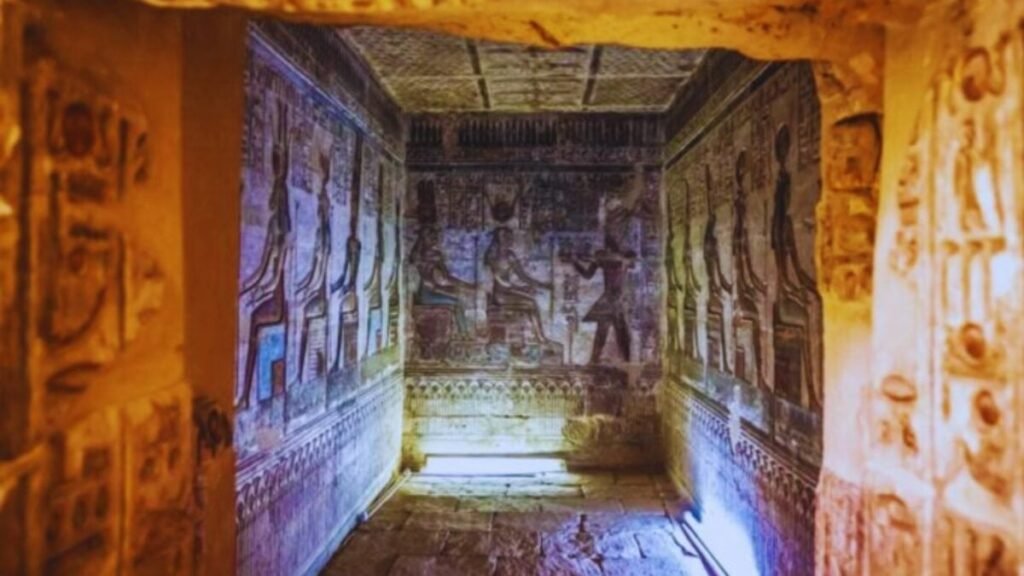The Enduring Brilliance of Discovery: Tutankhamun’s Tomb and its 110 Kilos of Gold

In 1922, among the sands of the Valley of the Kings, Howard Carter opened the tomb that would change the history of archaeology. Tutankhamun, buried with a dazzling treasure, emerged from the darkness after three millennia. Even today, the discovery continues to captivate both for its wealth and its mystery.
A Chamber Sealed for Three Millennia

After more than five years of excavations, Carter found the hidden entrance buried under debris. What awaited behind that door was unimaginable: over 5000 objects, including a solid sarcophagus, thrones, jewelry, and the iconic 11-kilogram gold funerary mask. Each piece was meticulously arranged, like a map to guide the king on his journey to the afterlife.
The preservation of the gold’s shine surprised even the most experienced archaeologists. The arid desert climate had allowed the gold to retain its luster intact, as if the tomb had been closed just days before.
The Material Value and Symbolic Value

If measured solely in money, Tutankhamun’s treasure would exceed 90 million dollars, calculated at the current price of gold. But what truly strikes is not the figures: it is the symbolic power of each piece, their testament to the splendor and beliefs of a civilization that still arouses global fascination. Carter described it with a phrase that became history: “I see wonderful things.”
The treasure, where most of the funerary ensemble is preserved, is a testament to the splendor and beliefs of a civilization that still arouses global fascination.
A Treasure Belonging to Egypt
Although it was British archaeologists who discovered the tomb, Egypt made a decisive decision in 1922: no piece could leave the country. That discovery, due to its magnitude and state of preservation, broke the distribution rules of the time.
Over the years, heritage laws reinforced that stance. Tutankhamun’s treasure is now considered a national emblem, non-transferable, and invaluable. The pieces, exhibited in Cairo and loaned on rare occasions for international shows, continue to remind the world that Egypt’s brilliance is measured not only in gold, but in memory and legacy.





